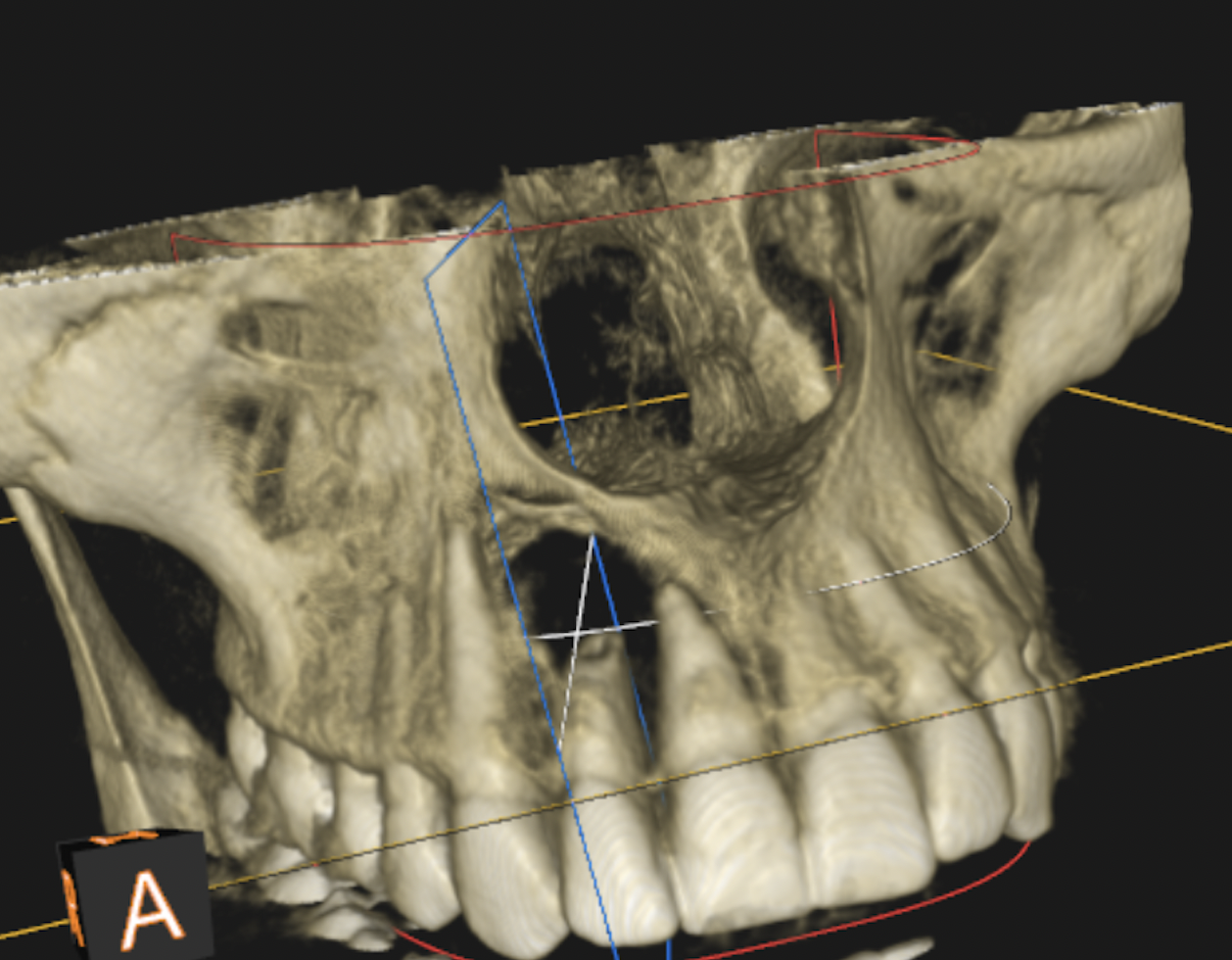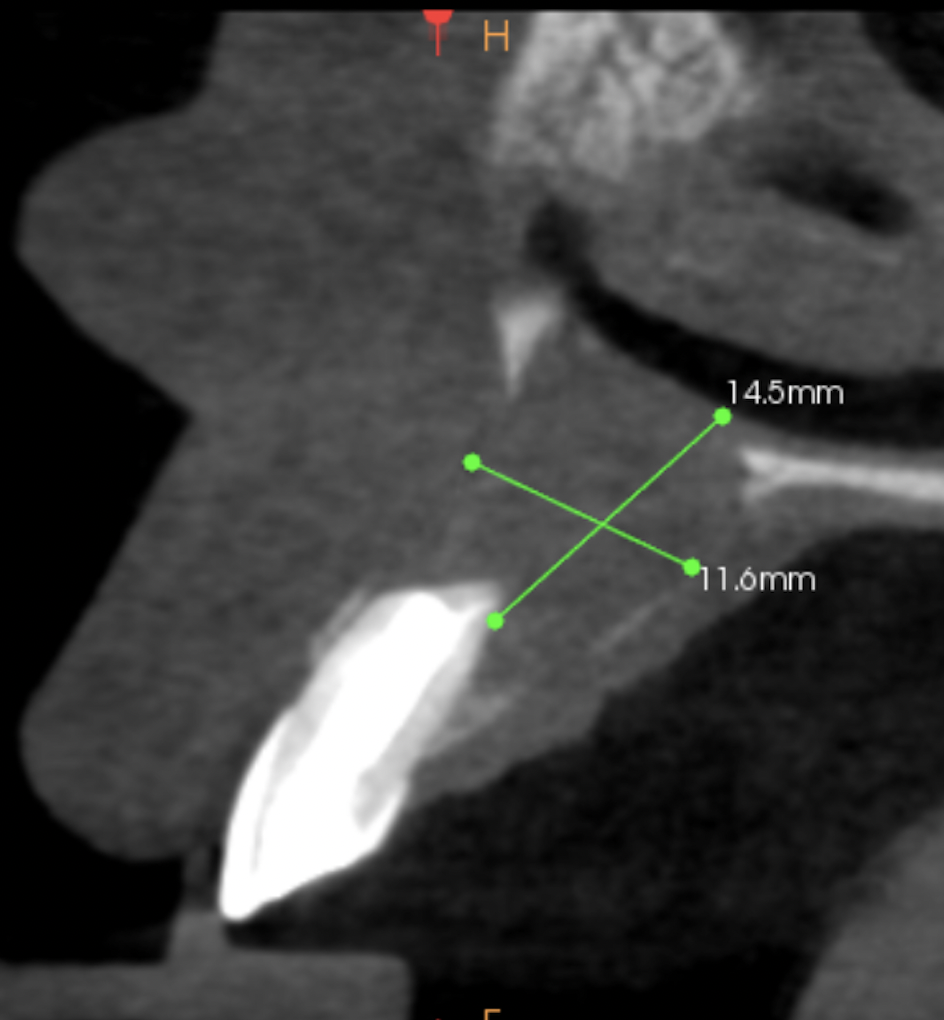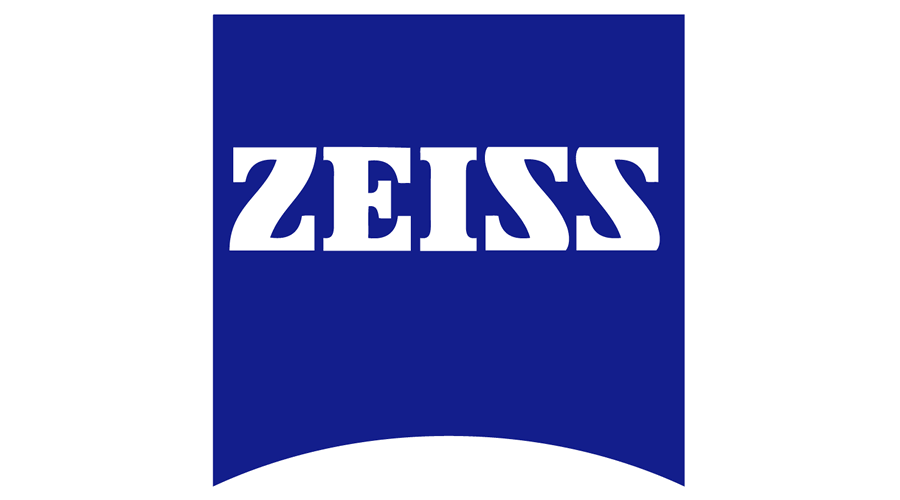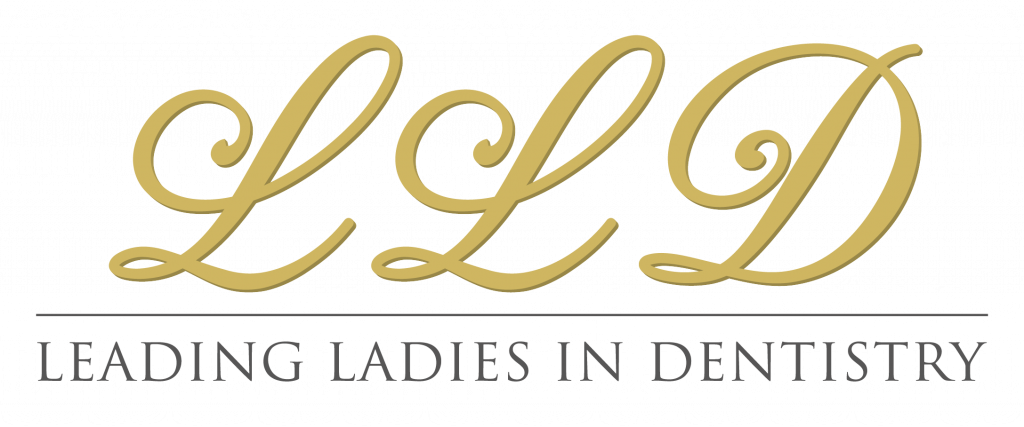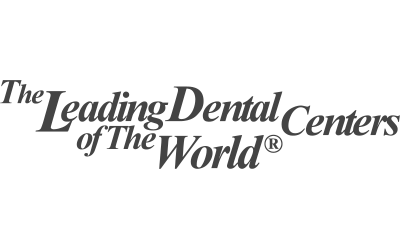The History of CBCT
Cone Beam Computed Tomography (CBCT) has revolutionized the field of dentistry by providing detailed three-dimensional images of the craniofacial region. Here is a brief history of CBCT in dentistry:
1990s – Introduction: CBCT technology was first introduced in the 1990s as an evolution of traditional computed tomography (CT). The main difference compared to conventional CT is that CBCT uses a conical beam of X-rays to obtain three-dimensional images.
Early 2000s – Initial Uses in Dentistry: In the early 2000s, CBCT began to be adopted in dentistry. Its ability to provide high-resolution three-dimensional images of the mouth, teeth, jawbones, and surrounding structures made this technology particularly useful in fields such as implantology, orthodontics, and oral surgery.
Applications in Implantology: CBCT revolutionized the approach to dental implantology. With detailed three-dimensional images, implantologists can accurately assess the quantity and quality of available bone, plan the position of implants, and minimize the risk of damage to nerves or surrounding structures.
Use in Orthodontics: In orthodontics, CBCT has improved treatment planning by allowing orthodontists to assess the position of teeth and skeletal structures more accurately than two-dimensional images.
Oral and Reconstructive Surgery: CBCT is widely used in oral and reconstructive surgery. It provides detailed information about bone structure, tooth position, and other anatomical details essential for complex surgical procedures, such as wisdom tooth extraction or bone reshaping surgery.
Technological Advancements: Over the years, CBCT technology has continued to evolve, with improvements in image quality, reduced radiation doses, and greater accessibility for small dental clinics.
CBCT has proven to be a valuable resource for dentists, offering a more comprehensive and detailed view of oral anatomy. However, it is important to use this technology with care, limiting radiation exposure and adhering to ethical and legal guidelines in the use of three-dimensional images.
What are the advantages of CBCT?
Cone Beam Computed Tomography (CBCT) has numerous advantages in dentistry, providing high-resolution three-dimensional images of the craniofacial region. Here are some of the main benefits of CBCT in dentistry:
Reduced Risk of Complications: The detailed view provided by CBCT helps reduce the risk of complications during surgical procedures, such as nerve damage or accidental perforation of anatomical structures.
Lower Radiation Exposure Compared to Traditional CT: Despite using X-rays, CBCT typically employs lower radiation doses than traditional computed tomography, making it safer for patients.
Shorter Acquisition Times: Compared to traditional CT, CBCT requires shorter acquisition times, reducing patient inconvenience and allowing for greater efficiency in dental practice.
Detailed Three-Dimensional Images: CBCT offers three-dimensional images that provide a comprehensive view of dental, bone, and surrounding tissue structures. This is particularly useful for planning complex treatments such as implantology and oral surgery.
Diagnosis and Treatment of Dental and Bone Pathologies: CBCT is useful in diagnosing and managing dental and bone pathologies, such as cysts, tumors, infections, and malformations. The three-dimensional view allows for accurate assessment of the size and location of these pathologies.
Precision in Dental Implant Planning: Implantologists can use CBCT to accurately assess the quantity and quality of available bone, aiding in dental implant planning. This helps reduce risks and improve the success of implant procedures.
Monitoring Treatment Progress: CBCT allows for monitoring treatment progress over time, providing comparable images at different stages of treatment. This is particularly useful for complex surgeries or long-term treatments.
Advanced Orthodontic Planning: In orthodontics, CBCT enables a three-dimensional evaluation of the position of teeth and skeletal structures, improving precision in treatment planning and execution.
Guidance in Oral and Maxillofacial Surgery: CBCT provides detailed information about the position of teeth, roots, nerves, and other anatomical structures, facilitating precise guidance during oral and maxillofacial surgical procedures.
In summary, CBCT offers numerous advantages in terms of diagnostic precision, treatment planning, and risk reduction during dental and maxillofacial procedures.
